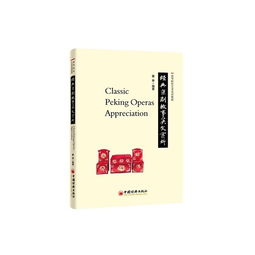Academic English in the field of arts is a unique blend of language, theory, and practice. Whether you're analyzing a Renaissance painting, dissecting a Shakespearean sonnet, or critiquing contemporary dance, proficiency in academic English is essential for effective communication and comprehension. In this guide, we'll explore the nuances of academic English within the realm of arts, offering insights and strategies to help you navigate this rich and diverse landscape.
Academic English in the arts is deeply rooted in the historical, cultural, and theoretical contexts of various artistic disciplines. Whether you're studying visual arts, literature, music, theater, or dance, it's crucial to grasp the broader context in which these art forms exist. This includes understanding key movements, influential figures, sociopolitical influences, and critical theories that shape artistic expression.
Mastery of academic English in the arts requires familiarity with specialized language and terminology. Each artistic discipline has its own lexicon, encompassing terms related to technique, style, genre, and critical analysis. For example, a student of literature must understand literary devices such as metaphor, symbolism, and irony, while a student of visual arts must be familiar with terms like chiaroscuro, perspective, and composition.
Effective research and analysis are fundamental skills in academic English within the arts. This involves not only gathering information from scholarly sources but also critically evaluating and synthesizing that information to form original insights and interpretations. Whether you're writing a research paper, crafting a performance analysis, or presenting a visual critique, the ability to analyze complex artistic works and articulate your findings is essential.
Clear and coherent writing is paramount in academic English for the arts. Whether you're composing essays, reviews, artist statements, or research proposals, your writing should be articulate, wellstructured, and supported by evidence. Additionally, effective communication extends beyond written text to include verbal presentations, discussions, and debates within academic settings.

Academic English in the arts often intersects with other disciplines, fostering interdisciplinary connections and collaborations. For example, a study of music may incorporate elements of history, sociology, and cultural studies, while an analysis of film may draw from literary theory, psychology, and media studies. Embracing these interdisciplinary connections can enrich your understanding of artistic expression and foster innovative approaches to scholarship.
As you navigate the complexities of academic English in the arts, seek guidance from professors, mentors, and fellow students who can offer support and feedback. Take advantage of resources such as libraries, academic journals, online databases, and workshops to deepen your knowledge and refine your skills. Additionally, don't hesitate to engage in peer review, collaborative projects, and extracurricular activities that expand your horizons and enhance your academic experience.
Academic English in the arts is a dynamic and multifaceted domain that requires dedication, curiosity, and creativity. By understanding the context, mastering language and terminology, honing research and analysis skills, refining writing and communication abilities, embracing interdisciplinary connections, and leveraging guidance and resources, you can navigate this landscape with confidence and proficiency. Remember, the journey of academic exploration in the arts is as enriching as the destination.
版权声明:本文为 “四季百科网” 原创文章,转载请附上原文出处链接及本声明;

